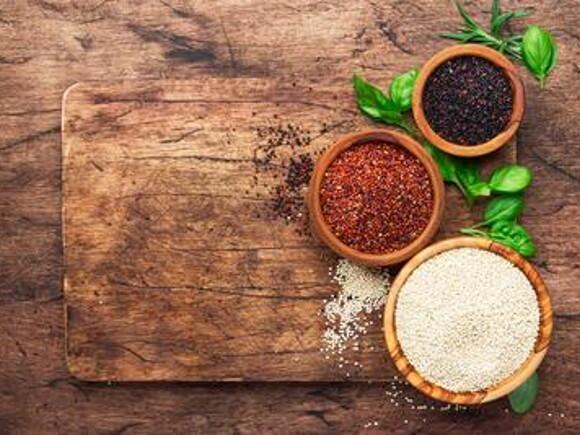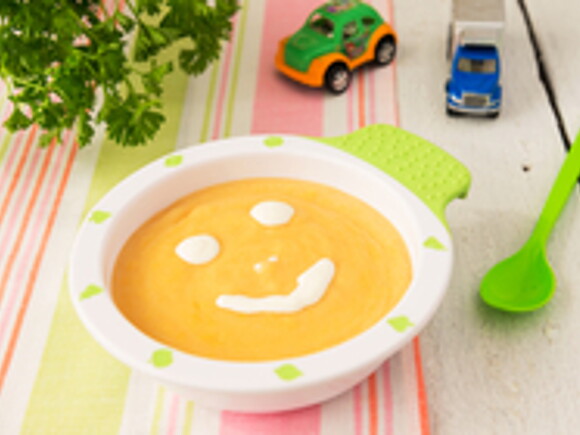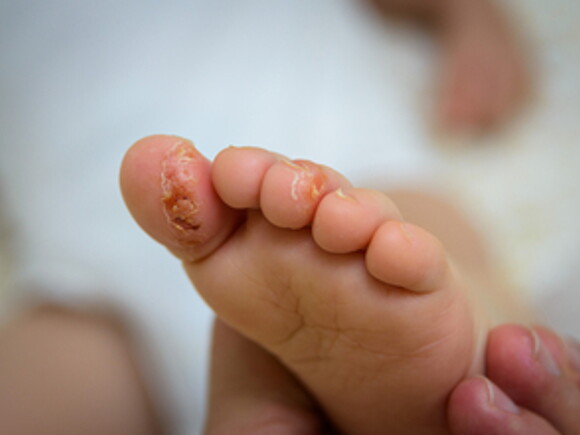Calling All Cereals: Time To Team Up for the Greater Good?
A new-born baby has relatively simple nutritional needs and breast milk will satisfy virtually all of their nutritional requirements.1 However, there comes a time after 6 months when your baby needs more than just milk to sustain their rapid growth and development, a process we call weaning.2,3 If done well, complementary feeding will not only provide your developing baby with all the nutrition they need, but also establish healthy food preferences and habits as they enter childhood and beyond.3
In many countries, infant cereals are among the first solid food types to be introduced.4,5 Infant cereals are:
- An excellent source of energy; enhancing your baby’s nutritional intake at a time when breast milk can no longer fulfil all their needs.6
- A source of iron. Infants between the ages of 6 months and 3 years are at risk of anaemia, due to high iron demands. Fortified cereals reduce the risk of iron deficiencies.4
- Able to support the growth of beneficial bacteria in your baby’s gut.7
- Mild in taste and have a semi-solid texture, which will not overwhelm your baby’s developing taste buds and digestive system.8
Selecting a cereal that is comprised of multiple grains (multi-cereal), means your baby gets all the benefits associated with each individual grain, from a single serving.
Quinoa
Quinoa is an ancient grain.9 It is protein-rich with high nutritional value10, and contains natural antioxidants9 to give your baby a nutritious and healthy start. .
Barley
Barley is a source of vitamin B3 (Niacin). Many of the members of the vitamin B family (including Niacin) contribute to promoting a healthy nervous system and improving cognitive function.11
Oats
Oats contain plenty of protein and healthy fats12 and are regularly used as an ingredient in cereal products. They are also rich in a soluble fibre called beta glucan to support digestive health.13
Rice
Rice is rich in vitamins and minerals and is therefore a healthy addition to your baby’s diet. It is a good source of B vitamins, including folic acid (vitamin B9). Once babies reach 6 months of age, their folic acid requirements increase.14 This is because the vitamin is particularly important during periods of rapid growth. Rice is also a source of magnesium, which is involved in supporting the function of the nervous system and maintaining healthy bones and teeth.15
Wheat
Wheat can promote the growth of beneficial bacteria along your baby’s digestive system, improving their overall gut health.16 It is also a good source of vitamins and minerals, including selenium and iron. Selenium has many health benefits; it supports immunity and has antioxidant and anti-inflammatory properties17, meaning it protects your baby’s cells from damage at this critical time of growth.
Corn
Adding corn to your baby’s diet can promote good eye health because it contains vitamin A, which helps to maintain healthy vision.18 It is also another source of dietary fibre, contributing to good digestive health.19
As your baby grows, his or her nutritional needs change. Multi-cereals are an excellent way of introducing your baby to solids.
References:
1.Infant and Young Child Nutrition. 2002. WHO
2.Complementary feeding. WHO.
3.Fewtrell M, et al. J Pediatr Gastroenterol Nutr. 2017;64(1):119-132.
4.Butte NF, et al. J Am Diet Assoc. 2010;110(12):S27-S37.
5.Freeman V, et al. J Pediatr Gastroenterol Nutr. 2000;31(SUPPL. 1):S76-85.
6.Klerks M, et al. Nutrients. 2019;11(2).
7.Fallani M, et al. Microbiology. 2011;157(5):1385-1392.
8.Sakashita R, et al. Eur J Clin Nutr. 2003;57(7):803-809.
9.Angeli V, et al. Foods. 2020;9(2).
10.Filho AMM, et al. Crit Rev Food Sci Nutr. 2017;57(8):1618-1630.
11.Kennedy DO. Nutrients. 2016;8(2).
12.Klose C, et al. Crit Rev Food Sci Nutr. 2012;52(7):629-639.
13.El Khoury D, et al. J Nutr Metab. 2012;2012:851362.
14.Folate: Fact Sheet for Health Professionals. National Institutes of Health.
15.de Baaij JHF, et al. Physiol Rev. 2015;95(1):1-46.
16.Costabile A, et al. Br J Nutr. 2008;99(1):110-120.
17.Rayman MP. Lancet. 2012;379(9822):1256-1268.
18.Abdel-Aal ESM, et al. Nutrients. 2013;5(4):1169-1185.
19.Anderson JW, et al. Nutr Rev. 2009;67(4):188-205.
Get full access to expert-backed nutrition support
My feed
Curated content based on your preferences
Feeding guidance
Learn about various feeding options and what each means for you and your baby
Tailored Practical Tools
Try our tailored practical tools to guide you through the parenting journey.
My First 1000 Days club
Customised notifications, reminders and newsletters
Still haven't found what you are looking for?
Try our new smart question engine. We'll always have something for you.





















